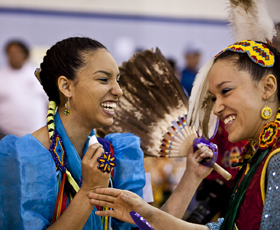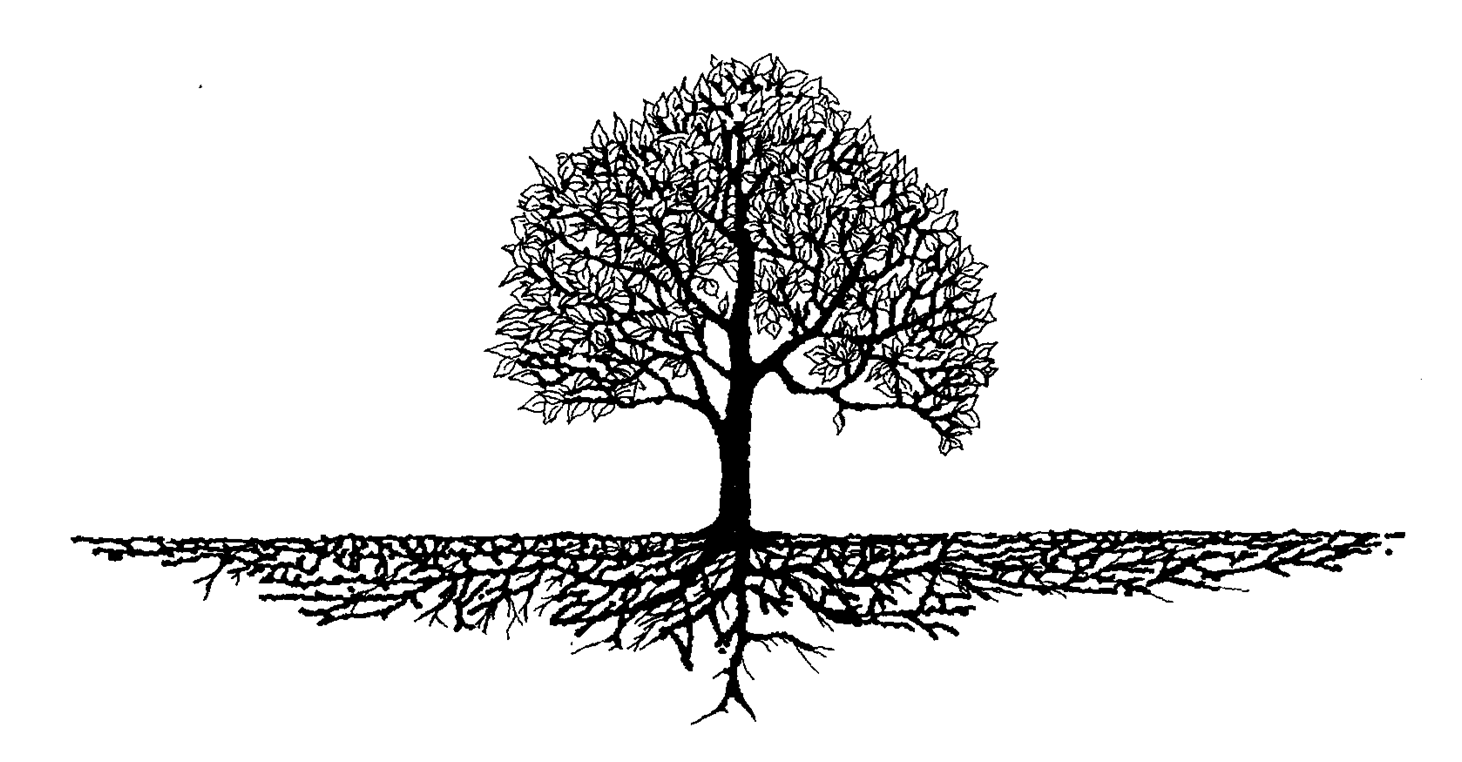There’s been a substantive discussion on my Cumbos as Lumbee Indian blog post both in the blog’s comments section as well as in the various genealogy communities on Facebook where I posted it. I’d like to summarize my thoughts on the discussion in this post.
This discussion was sparked in particular by my observations on ethnic makeup of my Lumbee DNA matches. In my post I observed that my Lumbee Indian descended DNA matches were anywhere between 5-20% African, 80-95% European and a few percent Native American and/or Asian and that these ranges may or may not be representative of the broader population of modern day Lumbee Indians.
Assuming the small sampling is representative of the broader population, the results beg the following question: How can one be Native American with relatively little to no Native American genetic makeup?
In short, racial identity and ethnic makeup are two different things. One can be Black with European ancestry. One can be White with African ancestry. Lumbees can be Native American and genetically multi-ethnic.
Race is a social construct with no basis in science. Society defines race. Society most often defines your race based on your physical appearance, but not always. Examples of racial categories are Black and White. For many Americans, their culture and identity are tied to their race.
Ethnicity is your genetic makeup which has a stronger basis in science. Your ethnicity is defined by your ancestors, where in the world they lived hundreds of years ago and the DNA they pass down to you. Examples of ethnicity are African, European or Native American; Yoruba, Welsh or Cherokee.
TL Dixon, in his blog post, Native American DNA Is Just Not That Into You, outlines three primary reasons that explain why Lumbee might discover that they have little to no Native American DNA. The reasons apply to other tri-racial isolate related tribes from North Carolina and Virginia as well.
- Their Native American DNA got phased out. Modern day Lumbee may have had full blooded Native ancestors generations ago, but intermarriage with non-ethnically native people created offspring who were much less ethnically Native with each successive generation. Racial purity laws in America essentially grouped citizens as white and non-white and created communities of color with blurred ethnic distinctions which further blended with successive generations of intermarriage. In parallel, a strong Native culture and identity could have been retained within families and passed down over generations creating an identity/ethnicity gap.
- Their Ancestors were not Native American by blood. Historically we see instances of mixed African/European populations choosing Native American or Portuguese identities to essentially escape the racial oppression of the colonial, slavery and jim crow eras in America. These new identities were passed down to each successive generation within families until eventually they were fully accepted and unquestioned.
- DNA tests have trouble detecting their form of Native American ancestry. Modern day Lumbee trace their roots back to tribes who inhabited Colonial America. Testing companies might be having trouble sampling DNA from these tribes because there are likely few to no full blooded individuals from those tribes left to even test. For those of us with colonial ancestors we likely see this in our results. For example material percentages of my 23andMe and DNA Land results come back unassigned or ambiguous. This could also mean that percentages are mis-assigned to other ethnic groups.
As a final note, I will highlight an “elephant in the room” on this topic within some in the African American community. It’s the idea that people with mixed ethnic backgrounds – inclusive of African ancestry – embrace fully Native American identities in order to deny or reject their black/African ancestry. There may be some truth to this for some (that’s their problem), but the perspective is a broad generalization which doesn’t take into account the fact that many people simply embrace and take pride in the identity and culture passed down to them by their parents and grandparents. Nor does it take into account the complexities of identity formation among colonial free people of color descendants in America, complexities which I am coming to better understand through my Cumbo family research. At the end of the day I’ve come to conclude that it doesn’t matter anyway. Our society must learn to respect the identities people chose for themselves.


Hi. Just found out that my paternal great great great grandmother was a Cumbo. My grandfather said she was Portuguese but after looking at ancestry.com and google her father was Negro and it kind of traced back the name Cumbo to be a shortened version of Kambul from an African tribe. Very interesting indeed. I don’t understand the race trilogy that Lumbees have but a lot of them do not want to admit that they are basically mulatto. Maybe we are related way down the line 🙂
Leslie Thanks for the follow up. Good to connect!
They are definitely not alone. They were just the group who sacrificed themselves before the others, so now you see a shying away from testing publicly. I see the EXACT same thing among the Haliwa Saponi, Occaneechi, and some of the SC and Virginia Indians as well. I grew up in the Upper Midwest around the Dakotas. I know Indian when I see it. Many of the West Africans brought here shared similar qualities with Native Americans, except for hair and skin color(although some were only slightly different), and those qualities combined with a good deal of European blood could almost achieve a Native look. DNA, however, doesn’t lie.
Native American is a genetic population, however, their are alot of thin blooded Native Americans, thats not a problem, the problem is when you have no genealogical documentation, documented NA language, a specific NA culture, and some Native American genetic inheritance. These people have none of that, along with alot of Fake Tribes.
I agree with you that the Lumbee do not fit the classical definition of a historical Native American tribe as defined by the US Government for purposes of federal recognition – i.e. distinct historical ethnic group with it’s own unique language, which has operated as sovereign nation and has a history of negotiating treaties with the British and US as a sovereign nation etc. With this said, the Lumbee are a group of multiracial people in a specific geographic area who have fully embraced a Native American identity and culture. I always try my best to respect how people chose to define themselves. I’d characterize your response as unreasonably dismissive.
Since all Native Americans North and South all descend from the Small (250-500) group of ancestral founding Native Americans, they are all closely related. you do not need to test Southwestern tribes to show you are of NA descent, especially since a dna test cannot pin point a specific tribe, if you have NA ancestry fom the SE it will still show you have NA dna, and that you are closely related to the large DNA document tribes like the Pima, Maya, Karitana, Xante, and Surui. It makes not one lick of difference.